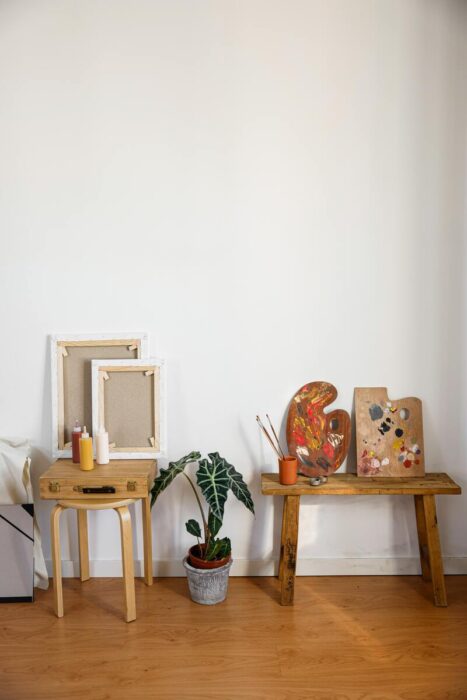Although innovation thrives in a creative atmosphere, it may be difficult to foster creativity in a professional setting that relies so heavily on established procedures and protocols. The good news is that all it takes to inspire your team is a little bit of imagination. As part of your plan for innovating, consider these methods for inspiring originality.
Which organization would not benefit from having staff that is both highly engaged and creative? It’s possible that you, as an employer, would want to provide more opportunities for innovation and originality among your staff. However, the actual appearance is frequently very different! Affirming with a Hand over Heart: When was the last time you surveyed the office for tips on how to boost productivity? The workday is too regimented to provide much room for imagination. Listen up, manager; you’re the one who probably knows best. However, your daily workload is heavy and your schedule is packed.
Here are some easy ways to encourage innovation among your staff.
Hold competitions for ideas.
The old cliché that “necessity is the mother of innovation” holds true since individuals are always willing to rise to a challenge. Everything you see on shop shelves was created because someone faced a problem and was motivated to discover a solution. Also, not everything in a store’s inventory is essential. It’s important to consider the studio-based and organizational issues you might present to your crew. These need not be associated with the company or the product.
If you want your workers to be more creative at work, you should “activate” them by giving them opportunities to break out of their routine, think freely, and use the proper environment to do so.
Inside Out And Outside In
Make sure there’s a happy medium between the two extremes, the office and the great outdoors.
Every organization has regular meetings. Mac, a meeting where provincial staff asks questions, listens to answers, then returns to the table is not the same as one where ideas are freely shared. No rule requires staff creativity between specific hours. on Tuesdays, they don’t make it mandatory for all meetings to take place in a conference room. Meetings need not take place in the traditional conference room; for instance, you might have them “on foot” while on a group outing, at a coffee shop, or in any other location that is not central to the day-to-day operations of your company.
Then you’ll constantly feel like “unfinished business” in your life. Never bring up mundane tasks in sessions devoted to brainstorming. Your staff needs to be relieved of any and all stress. Having a productive meeting is where most of the action happens, and it has to be communicated clearly.
Inclusion Is The Key To Creativity
Don’t have a closed group that constantly includes the same individuals discussing issues that need to be handled in your firm. Include all staff in the troubleshooting team. So that you make it more accessible. In a huge company where everyone has access to the same innovation management community, this is a tremendously effective strategy. It’s a place where people can share their thoughts and get feedback from others.
A facet of life that never ceases to astonish is boredom. How can we ever sit still for long when there is so much in the world to amaze and challenge us? Also, an important subject that boosts creativity is diversity in the workplace. A diverse workplace means a variety of ideas flying around and one of them may be the one that will work for the current situation.
Practical Practices
The workplace spaces have been designed with careful consideration. Managers should always be working to enhance their employees’ sense of belonging at work, boosting morale, efficiency, and innovation. Over %82 professionals surveyed recently agreed that an inventive workplace design is essential for fostering a creative culture where workers are encouraged to contribute their finest ideas. In the same poll, respondents named natural light, inspiring artwork, and the ability to rearrange furniture as the top three features of an ideal creative workplace. In other words, the white desk and comfortable chair that have come to symbolize the workplace cubicle are on their way out.
